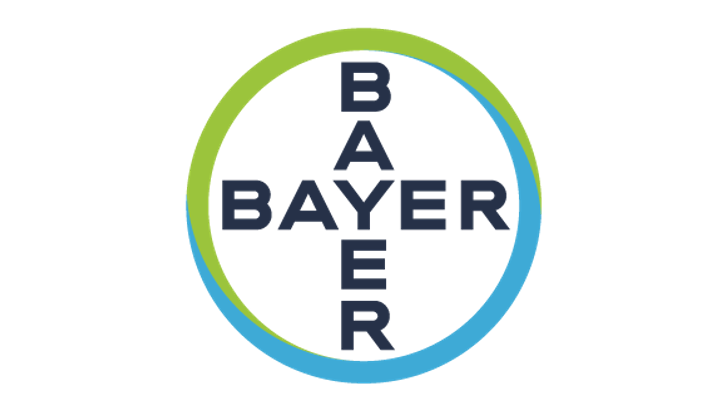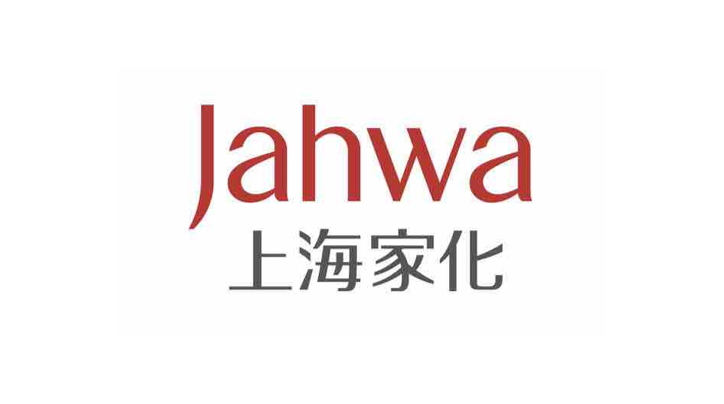Blockchain is a bookkeeping technology, also known as distributed ledger technology, that is jointly maintained by multiple parties and uses cryptography to secure transmission and access, enabling consistent storage of data, making it difficult to tamper with and preventing repudiation. Based on the tamper-evident characteristic of blockchain, the information of different participants in commodity circulation is digitized and stored in the blockchain, so that the information of each participant can be viewed in the blockchain.
Blockchain traceability ensures that product information is transparent and any link of the whole process can be truly traced, solving the trust problem and comprehensively improving the quality and management efficiency of products.

Market Demand:
Low transparency of consumer process information. Products can not be traced back to the source.
Technology Risk:
Risks of data being tampered with and falsified in the intermediate stages.
Platform Regulation:
Lack of regulatory mechanism, and difficult to retrace and pursue responsibility when problems occur.
Supply Chain Cooperation:
Low willingness and poor efficiency of supply chain cooperation.
Market Demand:
Blockchain enables multiple parties to jointly record traceability information, and consumers can query and verify it.
Technology Risk:
Blockchain ensures traceability information cannot be deleted or tampered.
Platform Regulation:
Reliable service endorsed by Ant Group and support for auditing and backtracking of the whole process transaction.
Supply Chain Cooperation:
Blockchain uploads data synchronously in many links of commodity circulation.

Huangshan Blockchain Traceability Platform


















